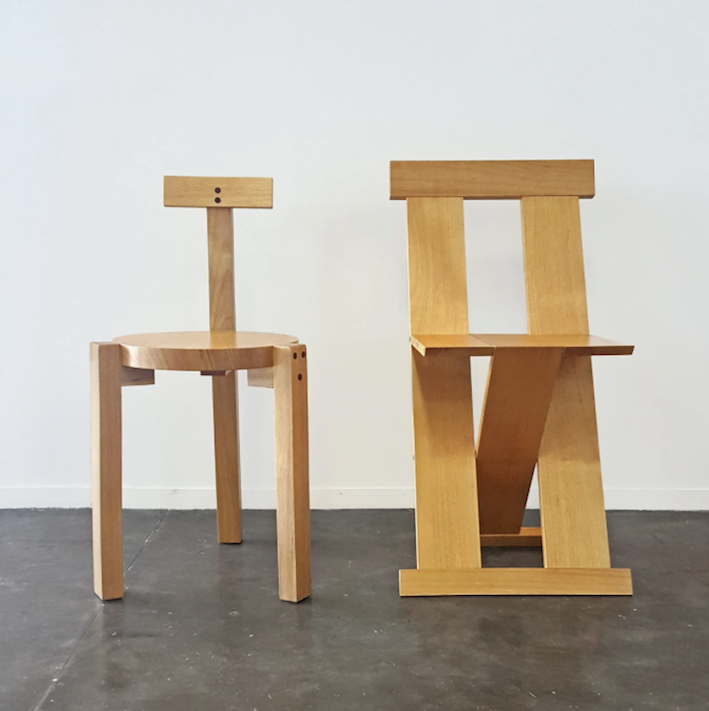Lina Bo Bardi’s Furniture: some of her diverse nuances
Marta Silveira Peixoto
This text begins with an analysis of a group of chairs designed by Lina Bo Bardi. Girafa and Frei Egídio were designed for a cultural center and a theater in Bahia, respectively, while the SESC Pompéia chairs are used in the theater of the leisure center of the same name in São Paulo. All these pieces are made of wood, without upholstery, and were designed for high-use environments. The author discusses European references in the first two cases: Alvar Aalto’s Stool 60 and the Italian Sedia Tenaglia chair, a modern classic. Regarding the theater seats, she justifies their hardness by emphasizing the essence of the theater and its commitment to generating, according to her, “some discomfort.” The Tripé and Bowl chairs, in contrast, are primarily intended for domestic use, as they provide a more relaxed seating position. The Tripé comes in both metal and wooden versions. In this case, Bo Bardi referenced a kinship with the Tripolina and BKF chairs, although its structure differs, featuring simple supports rather than a V-shaped frame and a narrower backrest, which leaves the fabric quite loose. Once again, these references include both a classic European design and a modern Latin American one. Finally, there is the Bowl Chair, which can be described as a shell supported within a metal frame—a hoop held by four supports. The shell is covered with a thin layer of padding and features a circular cushion in the center, remaining unfixed to the structure. The simplicity of its design and the lightness of the metal frame give this piece an overall modern appearance. However, the author highlights its vernacular inspiration.
The analysis mentioned above serves as a starting point for discussing broader aspects of Lina Bo Bardi’s work and the complexities involved in using cultural stereotypes in furniture design.









